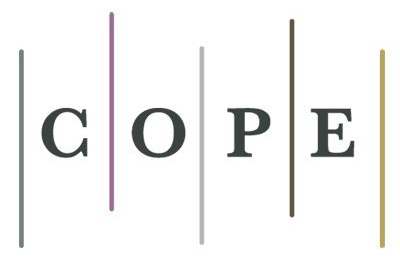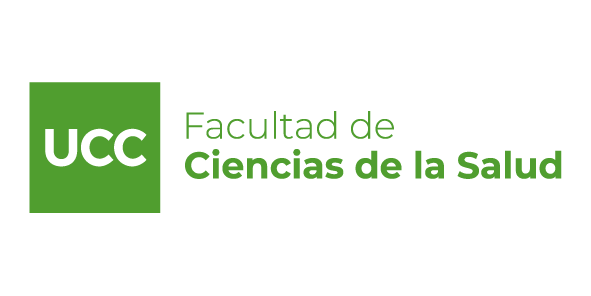Use of convalescent plasma in patients with sars-cov-2 pneumonia. Case series
DOI:
https://doi.org/10.22529/me.2022.7(2)09Keywords:
COVID-19, SARS-COV-2, Convalescent plasmAbstract
INTRODUCTION: Coronaviruses are prevalent viral pathogens among humans and animals. At the end of
2019, a new coronavirus was identified in the city of Wuhan, China. It spread rapidly causing an epidemic
in that country, followed by a steady increase in the number of cases globally. In February 2020 the World
Health Organization (WHO) designated the disease "COVID-19", an acronym for coronavirus disease
2019. The virus that causes COVID-19 is called severe acute respiratory syndrome coronavirus 2 (SarsCoV-2). In March of this year the disease was declared a pandemic by the WHO.
With multiple studies regarding various treatments (symptomatic or antiviral) with questionable evidence
and clinical results not applicable to the general population, emerged the need for a specific treatment that
really improves the natural history of the disease.
The convalescent plasma (CP) seems to date one of the answers to this need. It is obtained from donors
who have recovered from the infection and who have generated antibodies against it (measured in blood as
IgM and IgG specific for Sars-CoV-2). Ideally it contains antibodies against this pathogen in a sufficient
titer and adequate biological activity to provide passive immunity to the recipient.
These antibodies bind to the virus, reducing its entry into cells and facilitating elimination thanks to
phagocytosis or cellular toxicity. Both are antibody-dependent processes.
In the natural history of the disease, the body takes between two to three weeks to generate its own
antibodies. CP has the potential capacity, at the acute moment of infection, to lessen the severity of
symptoms or shorten their duration, in order to slow the progression to a more serious disease, according
to preliminary studies.
OBJECTIVE: To report the clinical evolution of patients with bilateral COVID-19 pneumonia who
received CP.
MATERIAL AND METHODS: The clinical evolution of 6 hospitalized patients diagnosed with COVID19 was retrospectively analyzed using a nasopharyngeal swab with RT-PCR technique of Sars-CoV-2
infection. All of them had moderate or severe bilateral pneumonia on high resolution chest computed
tomography (CT). In turn, they met criteria for severe pneumonia (respiratory failure requiring oxygen
therapy, PAFI <300, D-dimer> 1000 ng / dl and / or lymphopenia). They received 1 or 2 weight-adjusted
PC units and the patients were reassessed at 72 hours and until discharge.
RESULTS: 6 patients were documented. For presenting Severe Pneumonia criteria, they received CP
associated with oxygen therapy in an intensive care unit. The ages ranged from 49 to 67 years. Of the total,
4 were men and 2 women.
At 72 hours after the PC infusion at the clinical level, the patients presented improvement in dyspnea until
its disappearance, and a lower requirement for oxygen flow. Before the infusion, to maintain a correct
oxygen saturation, the patients required a high-flow nasal cannula (HFNC) with a 33% FIO2, in the
evolution at 72 after CP they required a low-flow nasal cannula with 24% FIO2 for maintain a correct
oxygen saturation and eliminate dyspnea. Between days 4 to 5 after CP, 100% of the patients had a correct
tolerance to ambient air (FIO2 21%).
Also at an analytical level, patients clearly improved at 72 hours. The levels of the relationship between
arterial oxygen pressure and the inspired fraction of oxygen (PAFI) that was <300 in all patients (values
between 175 and 215) prior to the infusion of PC, afterwards 100% had values higher than 300.
Tables 1 and 2 show the improvement in the clinical parameters (dyspnea and fever) and laboratory
parameters (PAFI and CRP) at the beginning of the infusion of CP and 72 hours after it.
During the entire hospitalization, no patient required mechanical ventilation and no deaths were reported.
No adverse reactions to PC were observed either.
CONCLUSIONS: The risks of COVID-19 infection are significant. Information regarding CP in COVID19 patients is scant, although current preliminary data are promising. Furthermore, PC infusion is supported
by extensive evidence regarding the use of PC in other viral coronavirus infections (MERS, SARS) with
extensive use and excellent results. However, it is important to carry out controlled, randomized and
systematized clinical studies to confirm this efficacy.
Published
How to Cite
Issue
Section
License
Copyright (c) 2022 Methodo Investigación Aplicada a las Ciencias Biológicas

This work is licensed under a Creative Commons Attribution-NonCommercial-ShareAlike 4.0 International License.




















